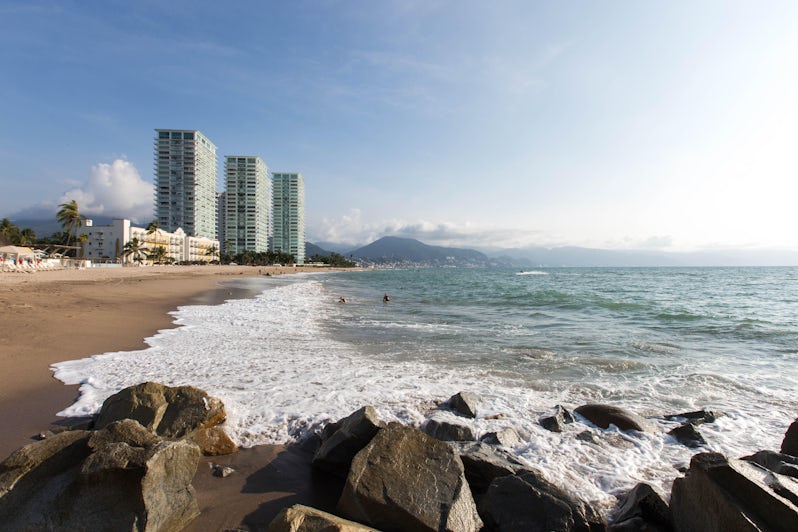
Is It Safe to Travel to Mexico? Here's What Cruisers Need to Know



Cruisers and other travelers from all around the world are drawn to Mexico for its beautiful beaches, rich culture and history, delicious food and drinks, and favorable currency exchange rates. But, this lovable Latin American getaway doesn't have the most shining reputation for safety. So, is it safe to travel to Mexico?
The answer is complicated but ultimately depends on where you’re going, how you’re getting there and an individual's personal safety and comfort levels. The good news is that cruise lines do much of this research for you. If crime rates rise in a Mexican cruise port to the point where safety is an issue, those ports are usually dropped from an itinerary and substituted with somewhere else. All in all, you have less to worry about on a cruise to Mexico than other types of travel.
Here is a look at what cruisers need to know in terms of Mexico safety, from travel advisories to hurricane season and more.
Is It Safe to Travel to Mexico? Decoding Travel Advisories for Mexico
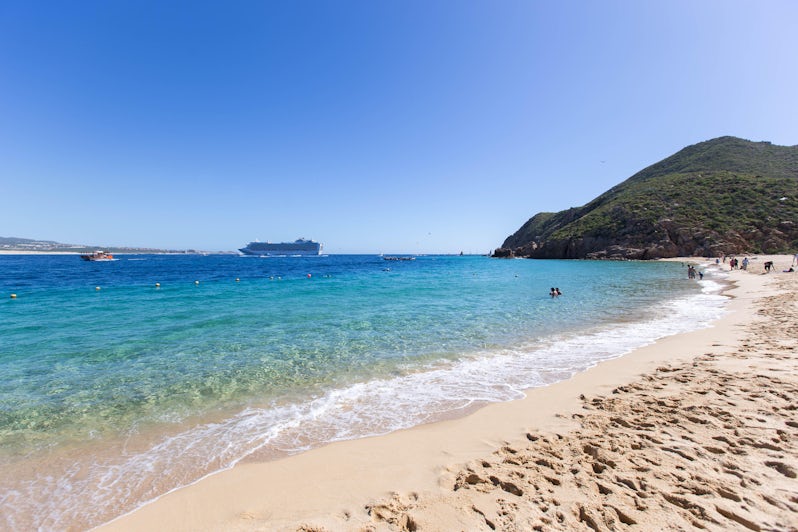
The U.S. State Department's travel advisory for Mexico is currently at "Level 2: Exercise Increase Caution," but be sure to double check this before traveling to the country as this advisory can sometimes change.
Mexico’s ongoing struggles with these certain crimes (gang-related homicides, kidnapping, carjacking and robbery) should not be overlooked. Fortunately, however, a deeper dive shows many commonly-visited cruise ports are not affected by these warnings.
What Are the Most Dangerous Cities in Mexico? Know Where to Go (And Where Not to Go)
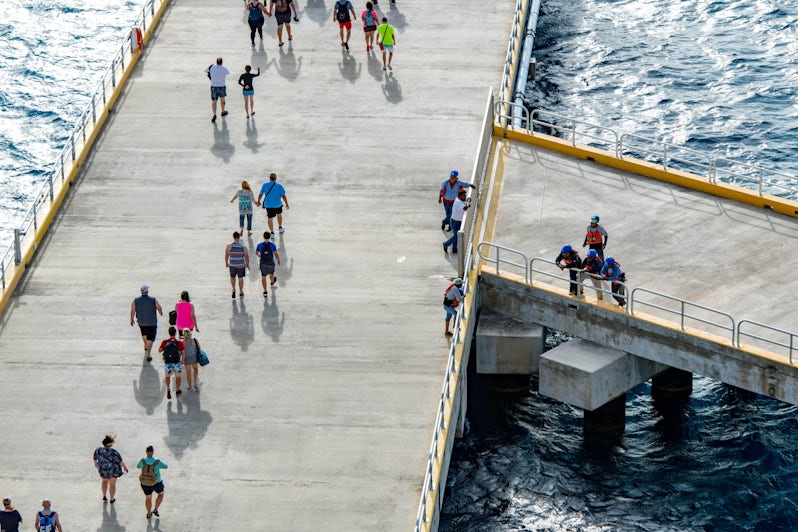
As with any country, not all cities in Mexico are equal when it comes to safety. Luckily for cruisers, the majority of Mexico’s most popular cruise ports (and shore excursion destinations like Playa del Carmen or Tulum) in the Mexican Riviera and Riviera Maya have either Level 1 or Level 2 travel advisories from the State Department, meaning travelers should either exercise normal levels of caution or increased caution, but do not need to reconsider travel.
The Mexican states of Quintana Roo, Yucatan, Chiapas, Baja California Sur, and Oaxaca are typically listed as areas with Level 1 or Level 2 advisories. This includes cruise port and shore excursion destinations like Cozumel, Cancun, Playa del Carmen, Tulum, Cabo San Lucas, Costa Maya, the ruins of Chichen Itza and Salina Cruz.
On the flip side, the State Department often places other states under Level 3: Reconsider Travel advisory, like Baja California, Jalisco and Nayarit. The states of Guerrero and Sinaola (among others) are usually under a Level 4: Do Not Travel advisory. These states include cruise ports like Puerto Vallarta, Ensenada and Mazatlan, to name a few -- though in most cases, these warnings apply predominantly to non-tourist areas.
Additional Mexico Safety for Cruisers: Hurricane Season in Mexico
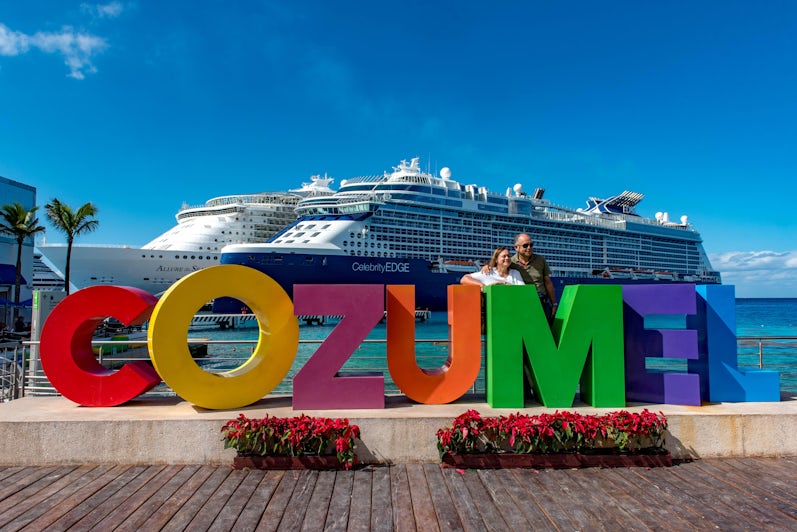
Seasonal tropical storms and hurricanes occur on both coasts. While there is always a risk for cruising during hurricane season, it shouldn't be the only factor in deciding to book or not.
East coast hurricane season in the Riviera Maya runs from June through November, and you’ll have a higher risk of running into a big storm between August and October. Hurricanes are less common on the West Coast, but tropical storms are no stranger to the Mexican Riviera during the May 15 to November 30 storm season, with several in past years having made landfall on Puerto Vallarta, Mazatlan and Cabo San Lucas.
As with hurricane season in the Caribbean, however, any ships bound for ports of call that could be affected by a hurricane will simply alter course to avoid the storm.
Health Safety in Mexico: Access to Healthcare in Mexico
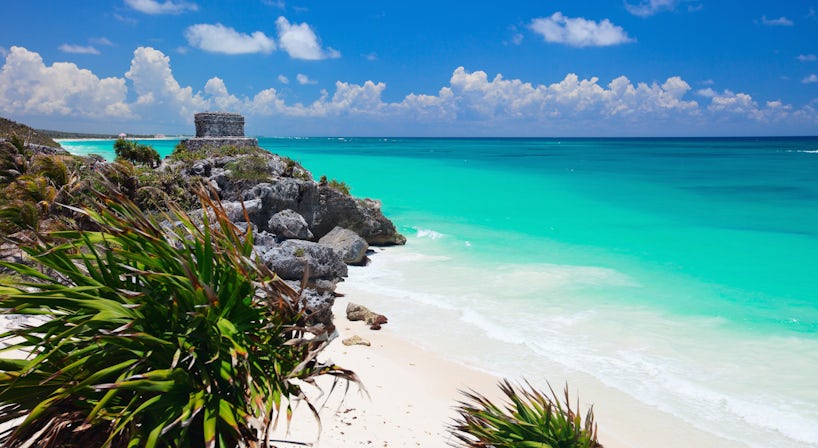
Overall, healthcare shouldn’t be a top concern for people cruising to Mexico. Mexico has good quality healthcare, and continually ranks higher in the World Healthcare Index than the United States.
Cruisers also have the added benefit of having an onboard medical facility and being close to major cities. When in doubt, always purchase travel health insurance for your cruise, which can help cover costs of care and repatriation should the unforeseen happen.
LGBTQI+ Safety in Mexico

Mexico is generally a very welcome destination for LGBTQI+ travelers, especially in larger tourist cities and nearly all ports of call a cruiser is likely to encounter. However, the country has a strong, conservative Roman Catholic population, and, though Mexico has a fairly-strong gay population, social rights aren’t always acknowledged.
Additionally, there is a hefty amount of transphobia in certain areas of Mexico, particularly in smaller towns. Mexico has the world’s second highest rate of violence against the trans community, which may cause trans cruisers to rethink their plans.
Is It Safe to Travel to Mexico? Mexico Is Safer Than Many Popular Tourist Destinations and U.S. Cities

Many Mexican cities and states, particularly those visited by cruise ships, are just as safe or safer than many destinations that don’t get a second thought when it comes to safety.
In June of 2023, Denmark and Germany received travel advisories of Level 2: Exercise Increased Caution, which is the same advisory level as Mexico. Yet most cruisers wouldn't think twice about booking a cruise calling on Copenhagen or Hamburg.
Though travel advisory levels and index ranking are constantly in flux, it’s always worth doing a little comparison between destinations and countries you know well in order to gain better context and understanding. A country or destination that sounds frightening at first can be no more so than your own hometown.
Is It Safe to Cruise to Mexico?
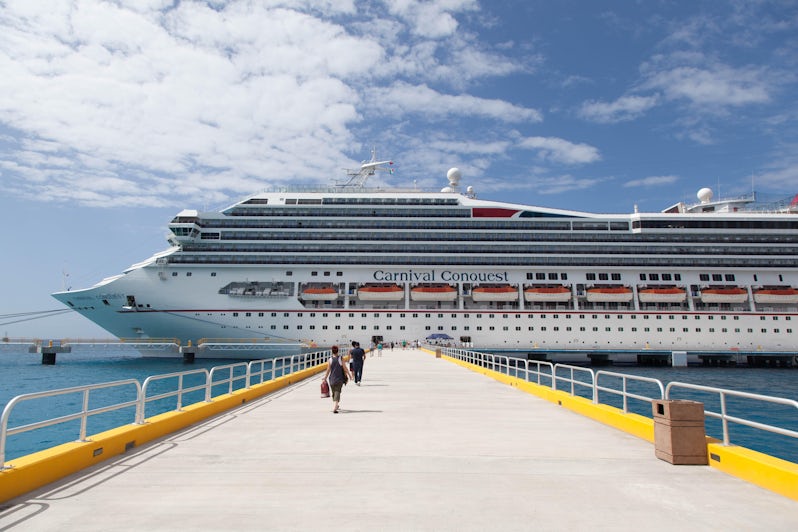
The short answer is this: Taking a cruise to Mexico is one of the safer ways to visit the country. Plus, many of the overriding concerns that travelers have about visiting Mexico are damped by the innate design of a cruise experience.
For instance, cruise ship passengers are usually only in port during daylight hours and are accounted for via the disembarkation and embarkation process, meaning eyebrows are raised and action is taken if a cruise passenger fails to return to the ship by sailing time. You’ll also sleep aboard the ship, so there’s no worry over hotel safety.
Additionally, any excursions booked through the cruise line are run by verified and vetted tour companies, and visit heavily-touristed areas. As a cruise passenger on a shore excursion, you’ll almost always be surrounded by a group and led by an English-speaking guide, which can be a lifesaver in a pinch or emergency.
Cruises are also more likely to cancel or change itineraries based on the most up-to-date safety information available. Cruise lines don’t want to put their passengers in harm’s way, and are often a more knowledgeable judge of safety situations than the general public.